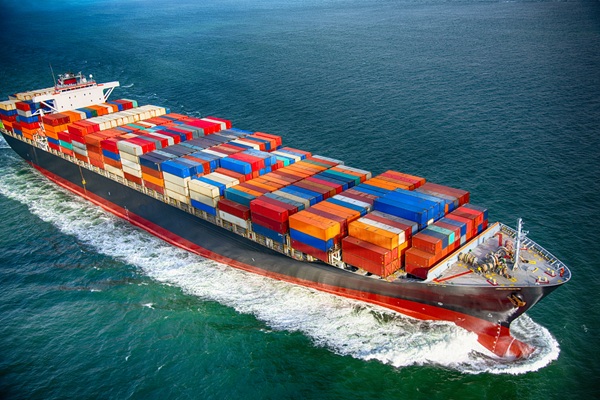.png)
April 4, 2025 at 6:16 AM IST
The White House has revised its reciprocal tariff annexure, lowering rates for 14 countries, including on India, to align with figures initially presented by President Donald Trump during a press briefing. India’s tariff, originally listed at 27% in the annexure, has been adjusted to 26%.
Similarly, tariff on South Korea was adjusted to 25 from 26%. Additional countries impacted by these revisions include Botswana, Cameroon, Malawi, Nicaragua, Norway, Pakistan, the Philippines, Serbia, South Africa, Thailand, Vanuatu, and the Falkland Islands. Some overseas territories and possessions of larger nations, initially listed with separate tariff rates, were omitted from the final annex.
Tariffs on Pharmaceuticals
President Trump has indicated that tariffs on pharmaceutical and semiconductor imports will be introduced soon, stating that pharmaceutical tariffs will be at unprecedented levels. The announcement led to a 6.2% drop in the Nifty Pharma index.
Pharmaceuticals and semiconductors were initially excluded from the reciprocal tariff policy, but Trump’s remarks suggest a potential policy shift. Speaking to reporters aboard Air Force One, he indicated that semiconductor tariffs would be implemented shortly, while pharmaceutical tariffs remain under review.
“The chips are starting very soon. Pharma is going to start coming in, I think, at a level that we haven’t really seen before,” Trump said.
Despite recent stock market declines, Trump reaffirmed his administration’s commitment to new trade restrictions, stating that the tariffs provide the US with greater leverage in negotiations with trading partners.
“Every country is calling us. That’s the beauty of what we do. We put ourselves in the driver’s seat. If we had asked these countries to do us a favour, they would have said no. Now they will do anything for us,” he said.
The tariff revisions and potential new measures on pharmaceutical and semiconductor imports are expected to have significant implications for global trade and supply chains




